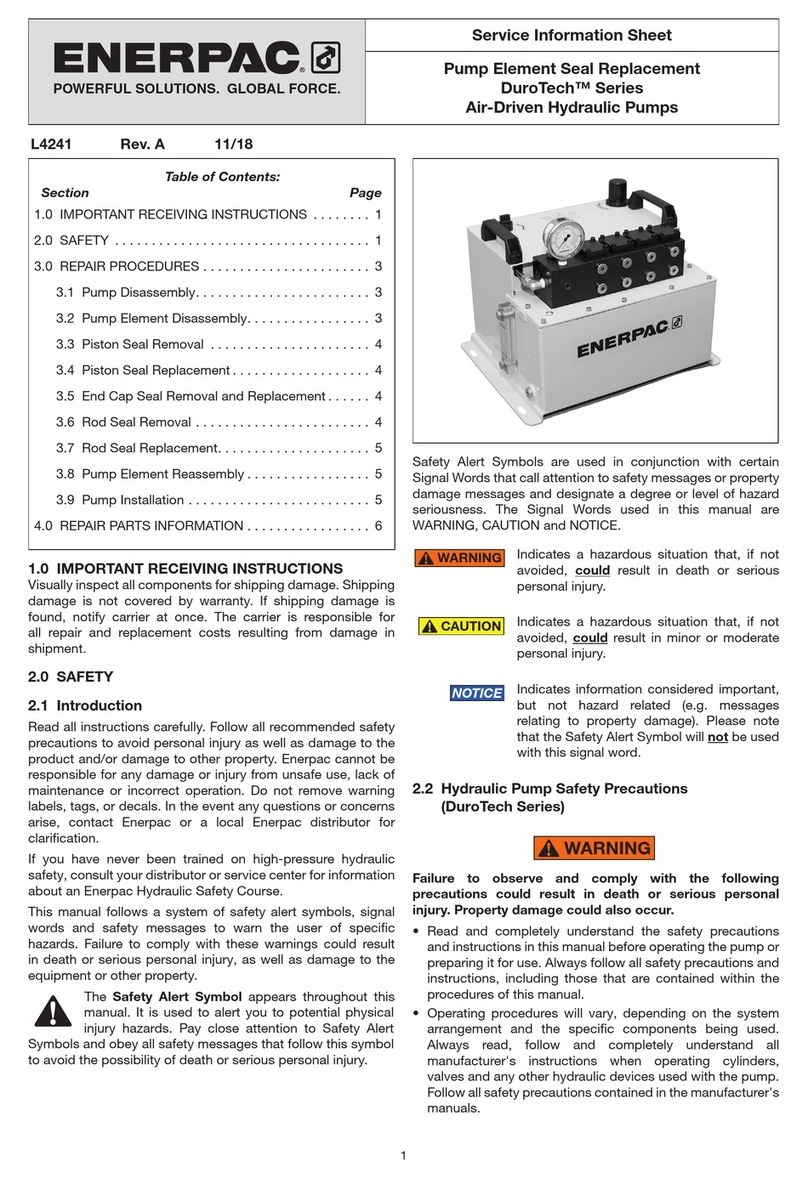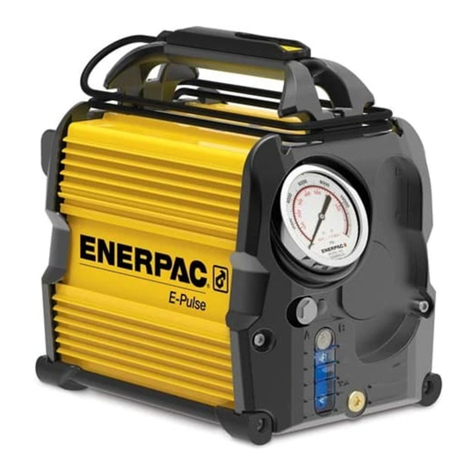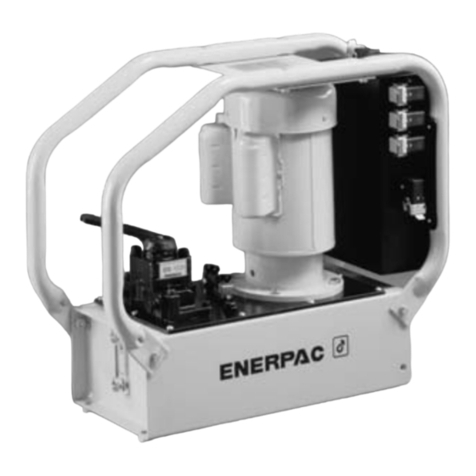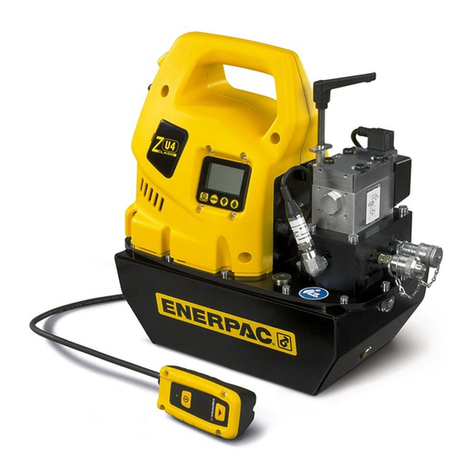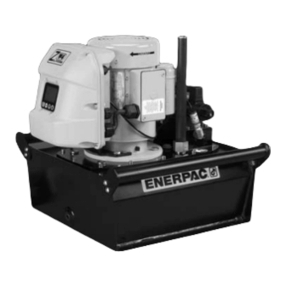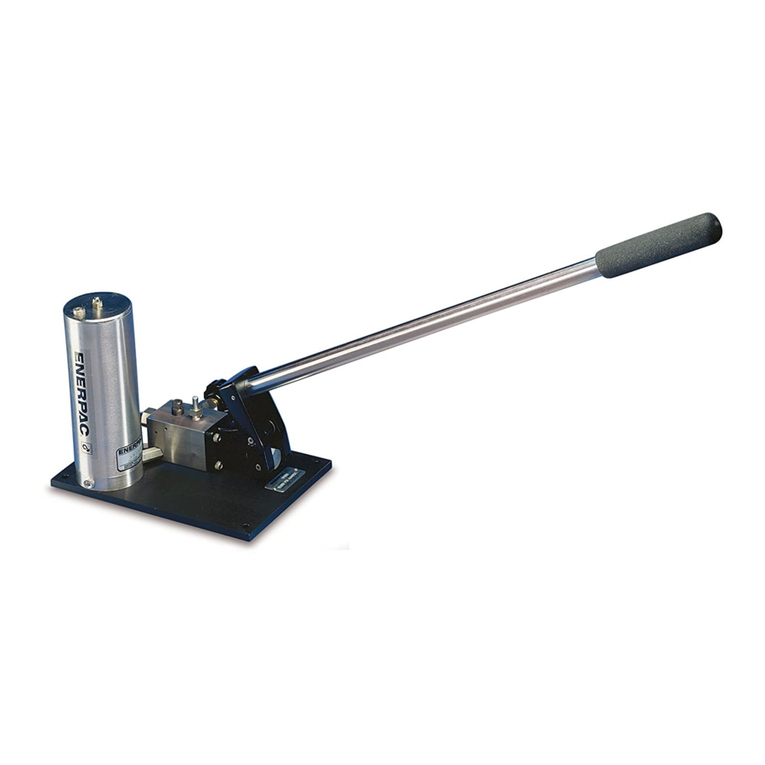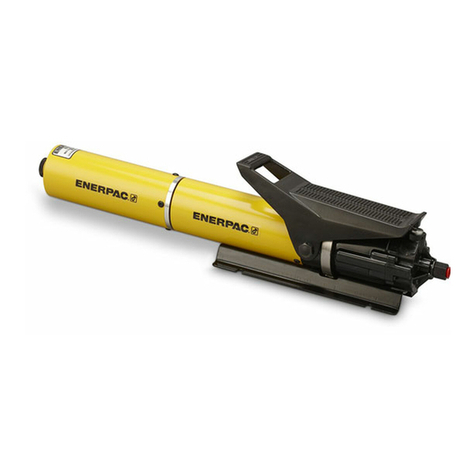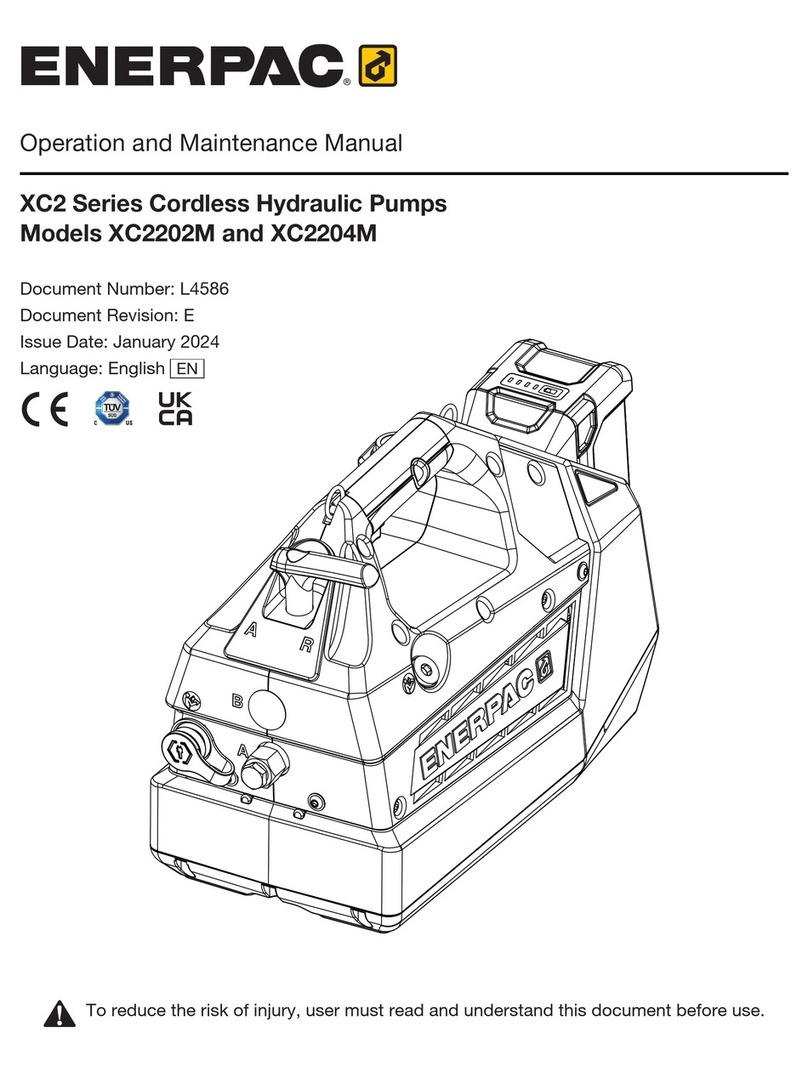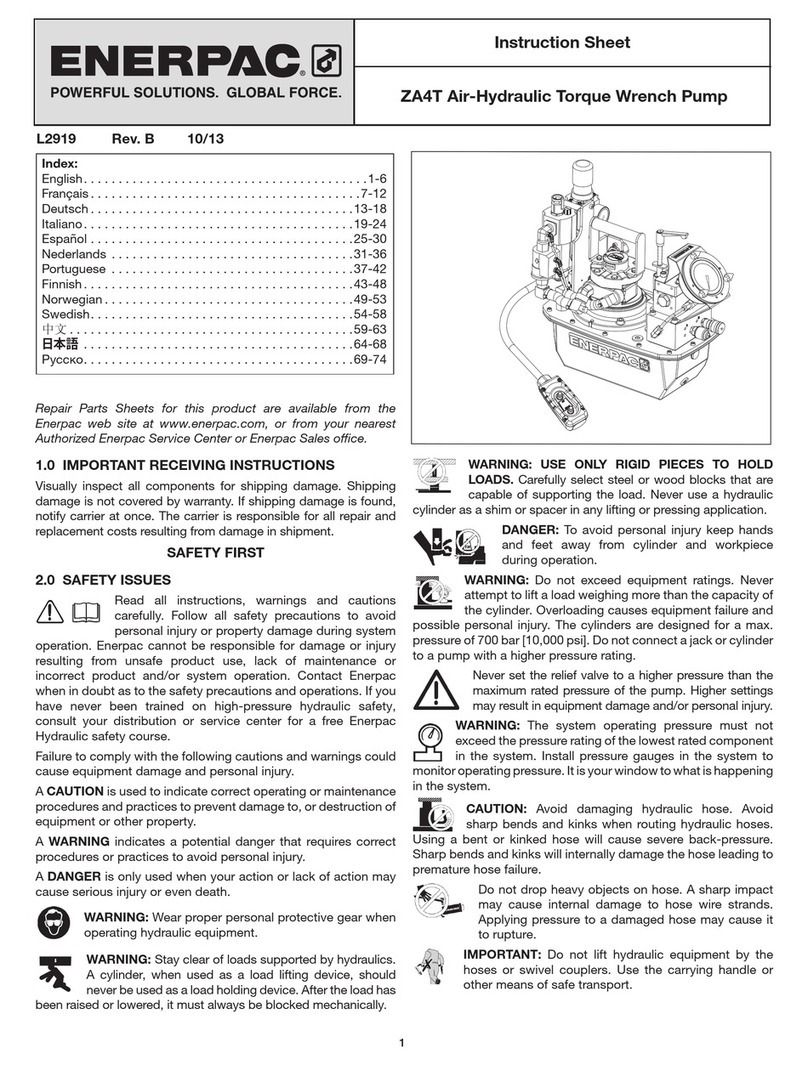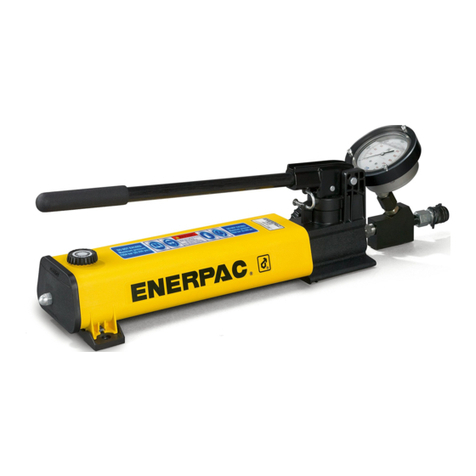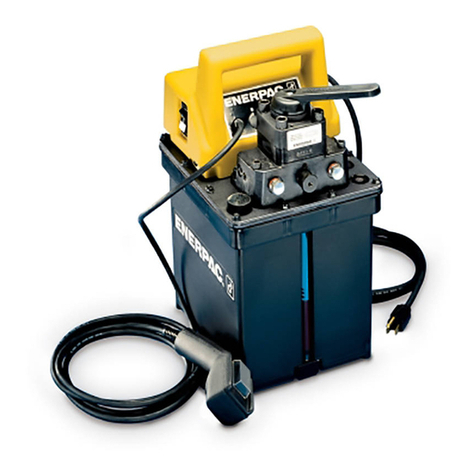
4
1.5 Battery and Battery Charger Safety Precautions
WARNING
Failure to observe and comply with the following instructions
and precautions could result in death or serious personal
injury. Property damage could also occur.
• Recharge battery only with the charger model(s) specified by
Briggs & Stratton for the battery being used.
• Do not allow metal items or material such as steel wool,
aluminium foil or other foreign objects to contact the battery or
charger terminals. Do not allow these items to enter the battery
cavity of the powerhead or charger.
• Handle the battery carefully. Do not knock, strike, step-on
crush, or burn the battery.
• Do not attempt to short circuit any terminals on the battery or charger.
• Do not allow liquid or debris to enter the battery or charger.
• Do not expose the battery or charger to wet conditions or
excessive humidity. Do not charge the battery in rain or in wet
conditions.
• Do not use a damp cloth or detergent on the battery or battery
charger
• Do not immerse the pump, battery or charger in water or in
any other liquid.
• Do not insert battery into pump or charger if battery case is
cracked or damaged. Replace with a new battery.
• Do not attempt to modify the battery or charger.
• Do not solder onto the battery or pierce the battery with nails
or other objects.
• Do not probe the battery or charger with conductive materials.
• Do not cover the ventilation slots in battery or charger.
• Do not place battery or charger on a soft surface, such as a
blanket or pillow.
• Do not place the battery in high temperature locations, such as
near fire or a heater. Avoid placing the battery in direct sunlight.
• Do not allow the battery or charger to overheat. If battery and/
or charger are warm, allow time for them to cool down before
charging.
• Discontinue use of the battery if it emits an unusual smell, feels
hot, changes color, changes shape or appears abnormal in
any other way.
• Unplug the charger when it is being cleaned or not in use.
• Store the battery and charger in a cool, dry place. Keep these
items in a secured location, away from children and pets.
• Battery and charger may under no circumstances be opened.
These items contain no user-serviceable components.
• If battery housing cracks or breaks, with or without fluid leaks,
do not recharge or use the battery. Dispose of it and replace it
with a new battery.
• For damaged or worn out batteries, follow safe disposal
procedures as described in the battery manufacturer's manual.
• Do not attempt to repair a damaged battery. Do not attempt to
open or disassemble the battery. Do not attempt to remove or
destroy any of the battery's components.
Battery and charger are manufactured by Briggs &
Stratton Corporation. For complete operation, maintenance and
safe disposal information, refer to the Briggs & Stratton user's
manual provided with the battery or charger. If this manual
is missing, go to the Briggs & Stratton website to obtain an
electronic version of the manual.
All personnel should read and understand the information
contained in the Briggs & Stratton user's manual before operating
the pump.
1.6 General Rail Puller Safety Precautions
WARNING
Failure to observe and comply with the following instructions
and precautions could result in death or serious personal
injury. Property damage could also occur.
• Never exceed the rail puller's rated maximum input pressure.
• Always inspect all system parts before each use for wear,
distortion, cracks or improper fit.
• Never use the rail puller if it is leaking oil. Replace any leaking
components and make required repairs before use.
• Be sure that non-operating personnel stand clear of the
direction of force (directly in front of or behind the rail puller)
during the pull.
• Always be aware of pulling force and system pressure during
the pull by monitoring the tonnage (pressure) gauge while
operating the system.
• Always re-install dust caps to couplers when not in use.
• Always release any trapped pressure from rail puller by shifting
the control valve on the pump before connecting or disconnecting
hydraulic hoses. Never disconnect any other hydraulic
connections on the rail puller to release trapped pressure.
• Refer to instructions in Section 8.7 of this manual for correct
procedure to release trapped pressure in the rail puller
hydraulic circuit.
• Always review and understand proper use of all safety
equipment before attempting to operate the rail puller.
• During transit and while using the pump, use care to keep the
rail puller away from all electrified lines.
• Always ensure that all hydraulic components and couplers are
clean. Retract the rail puller cylinders and reinstall all dust caps
after use.
• Lift the rail puller evenly, in accordance with the instructions in
the puller manual.
• Always use a hydraulic pump that is fully compatible with the
rail puller.
• Always consult the operation manual supplied with the rail
puller for additional information.
• Be sure that the pump reservoir is filled with new Enerpac HF
hydraulic oil.
• Be sure that the pump and rail puller are properly maintained
and that they do not contain contaminated oil. No liability will
be accepted for failure or malfunction of the equipment if this
condition is not met.

